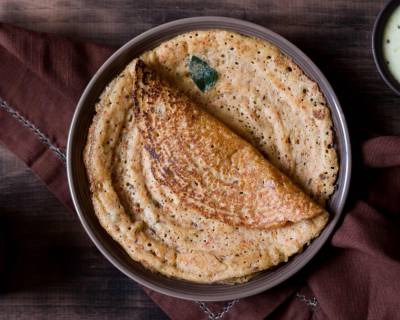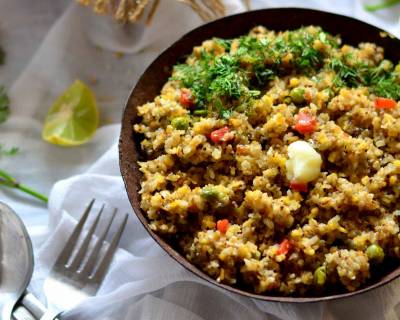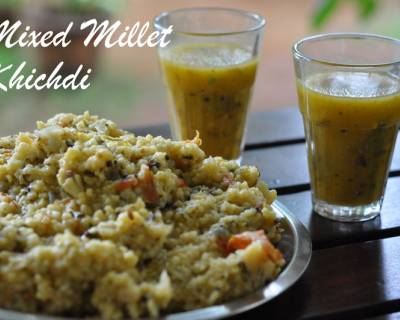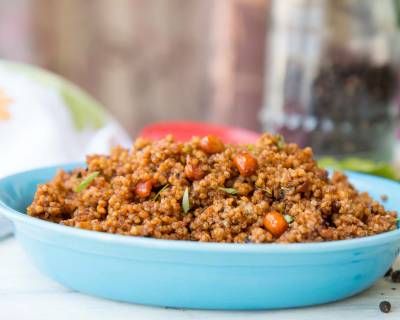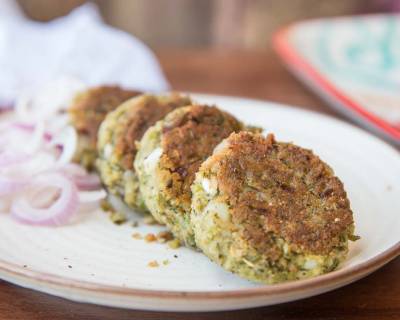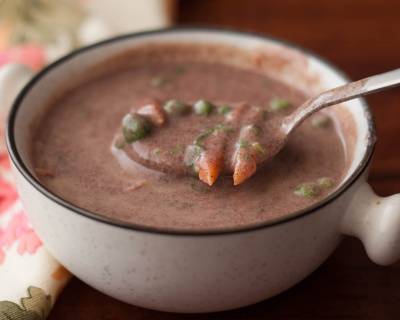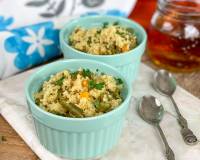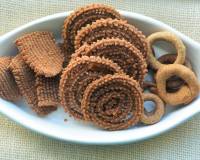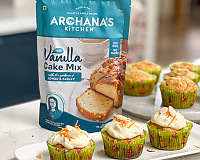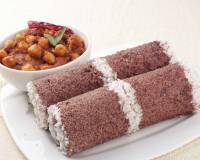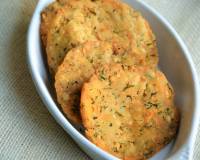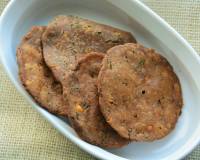We sometimes feel the need to go into the intricate details of the smaller things that we vaguely already know about. We need to ascertain our assumptions that they are right. Storage is a topic which we do research time and again about, though we are regular in kitchen and we all do store the groceries and staples for cooking back at our home. Changing storage needs, upgradation of storage materials, fresh arrival of storage products, and beautification of kitchen are some of the reasons for this. New kitchen space or the idea of planning an effective storage also are reasons enough to browse through tips of organizing.
We have to reboot ourselves by aligning our lives with millets often in our daily food
Millets you should know
Ragi, foxtail millet, barnyard millet, jowar, bajra, kodo, pearl millet, and more are classified as millets. They are smaller in size to that of cereals and often comes with a thicker but edible outer layer that is also a store-house of nutrients and benefits. In a nutshell, millets are moderately high in protein than cereals, slowly digestible and hence are low in glycemic index. Also with traces of essential nutrients like magnesium and selenium, millets are considered more healthy surpassing the cereals.
Here's more about Millets
Millets are traditional foods that got lost in the race of surfing across cuisines and bringing home the unusual recipes from around the world. Millets had been eternally popular owing to the varied native existence and drought resistant features of the hardy crop. Millets were also popular as stop gap crop which used to be grown when the main crop from an agricultural land was harvested; instead of leaving the land barren, the farmers used to throw the millet seeds and they used to naturally grow with minimal crop care and residual moisture in the soil until the next rains in the region.
Including Millet in our diet
Traditional millet recipes were also cooked in almost bland spices and served during past, and the quest to finding delicious recipes also led us away from the ancestral millet recipes that were made on day to day basis. Now we have discovered that altering spices a bit and adding the exotic spices and with a fusion of cooking techniques and ingredients, we can actually bring out best of the millets and cereals as well.
- You can use them as the sole main ingredient in recipes like Spinach And Millet Pulav Recipe, Kuthiraivali Upma Kozhukattai Recipe and many more millet recipes.
- Millets can be added as an additional ingredient in the recipe that call for cereals like rice, wheat or corn, as in Whole Wheat and Jowar (Pearl Millet) Orange Cake With Orange Glaze Recipe or Bhaat Ka Thepla Recipe (Spiced Rice & Millet-Gluten Free Flatbread).
- You can also include them in Indian drinks like malts, and make it a way into breakfasts, as in Ragi Kanji (Salt Version) Recipe.
- You can include the roasted millet flour in making energy balls, and sweets like Foxtail Millet Kheer Recipe
- Prepare delicious appetizers and snacks for after work snack or for get togethers, with recipes like Hara Bhara Kebab Recipe with Millets, Bajri Methi Na Vada Recipe, Paneer Stuffed Millet Patties Recipe and more.
- Try to make millet flatbreads like Bajri Ki Roti Recipe, Ragi Ujju Rotti Recipe, Jolada Roti Recipe et al.
Here are a few drool-worthy millet recipes just to give you a glance of how delicious millet recipes are, if you have still not much aware about the benefits of eating a millet. This is just a glance at the recipe possibilities of millets.
Delicious Millet Recipes
Storage of Millets & Cereals
Millets are available round the year and can be stored in hygienic condition for upto year. Cereals are something which we usually use on an almost daily basis, either in their complete grain form or as thei flour. You need to ensure you store them in an airtight container especially when not using enough and if you have a larger stock of the cereals and millets.
Storage solution for millets and cereals are quite simple.
- Ensure the storage container is airtight
- Food grade plastic or stainless steel containers with a secure and airtight lock will do.
- Millets can also be stored in wooden boxes or glass containers. Glass containers are preferable for millets that are spacely used and bought in small quantities. Glass containers with cork lids are best in this regard.
- Make sure you keep the container in a dry place, to avoid any fungal contact and to avoid any chances of mildew or pests.
- As much as possible, gauge the need of cereals and millets per month and buy the amount that is just required. Replenishing the millet and cereal storage helps to have a fresh and clean stock always.
- Also make sure that you clean the container before replenishing the stocks. Wash, dry under sun and wipe clean before putting the fresh millets and cereals from the store.
- You can use stackable storage for ease and compact fit into the kitchen racks.
Recommended products to buy: Airtight Kitchen Storage
Suggested read: Weekend Brunch Menu To Fill You In On Millet Nutrition



